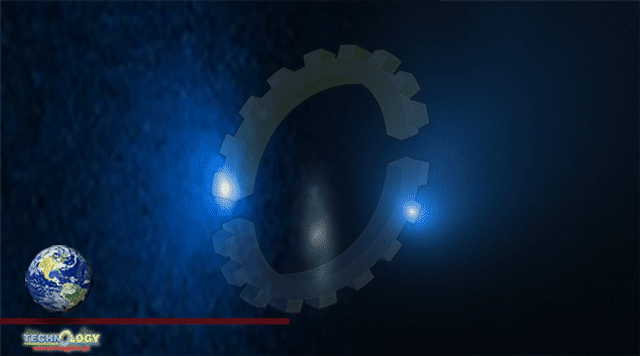The largest comet with a solid center more than twice the width of Rhode Island is on an orbital path that will swing it inside our cosmic neighborhood, astronomers say.

A huge comet with a solid center more than twice the width of Rhode Island is on an orbital path that will swing it inside our cosmic neighborhood, astronomers say.
The icy interloper is traveling 22,000 mph from the edge of the solar system toward the sun. In a study published Tuesday in The Astrophysical Journal Letters, scientists said the comet is no cause for concern because it will not pass anywhere near Earth.
Even when the comet makes its closest approach to the sun, in 2031, it will remain at least 1 billion miles away, said a co-author of the study, David Jewitt, a professor of planetary science and astronomy at UCLA.
“It won’t even cross the orbit of Saturn, so it’s certainly no threat to us,” he said.The comet, officially known as Comet C/2014 UN271, is the largest such object ever observed by astronomers, Jewitt said.
Its nucleus — the solid center, which is typically made up of ice, rock and dust — is about 85 miles across. That makes it around 50 times bigger than most known comets, with a mass estimated to be 100,000 times greater than that of a typical comet, according to the study.
“It’s a huge amount of material just in one body,” Jewitt said.
The astronomers used the Hubble Space Telescope to observe the colossal comet and determine the size of its nucleus. Hubble snapped five photos of the icy object on Jan. 8, revealing its bright nucleus shrouded in a glowing cloud of dust and gas, known as the coma.
“This is an amazing object, given how active it is when it’s still so far from the sun,” the study’s lead author, Man-To Hui, an assistant professor at the Macau University of Science and Technology, said in a statement to the Space Telescope Science Institute, which manages Hubble.
The scientists used a computer model developed from previous observations of the comet through ground- and space-based telescopes to see past the dusty coma and map the nucleus.
In addition to its immense size, the astronomers found that the surface of the comet’s nucleus is darker than had previously been thought.
This news was originally published by NBC News.